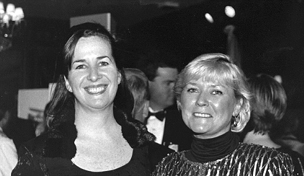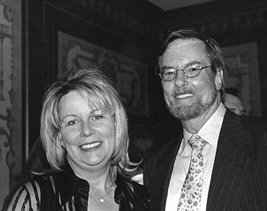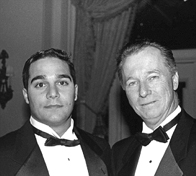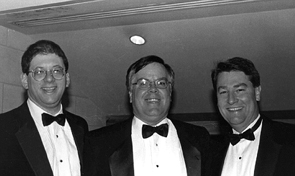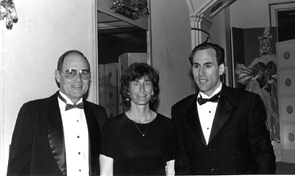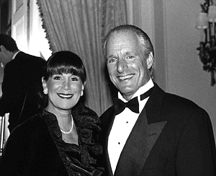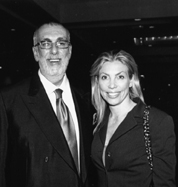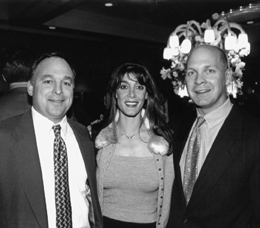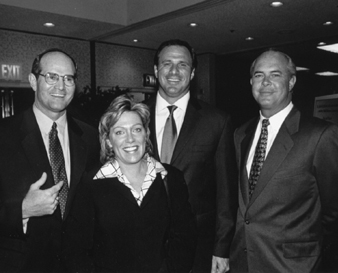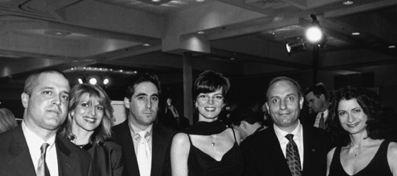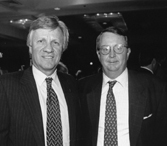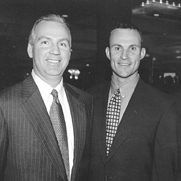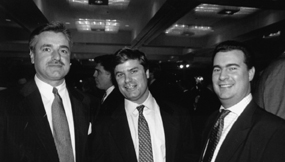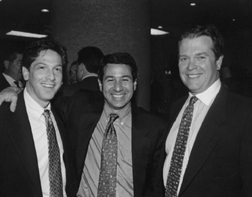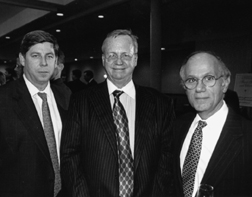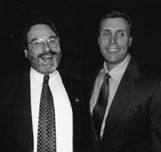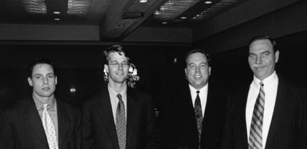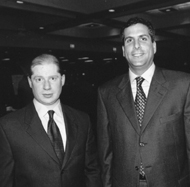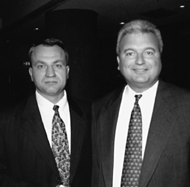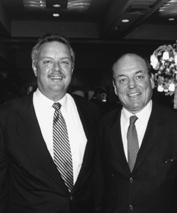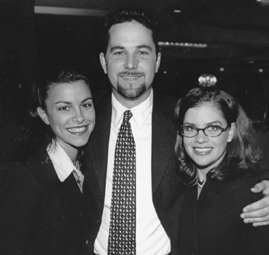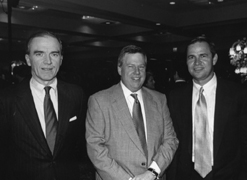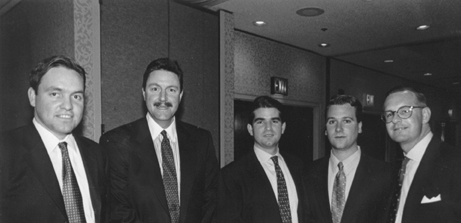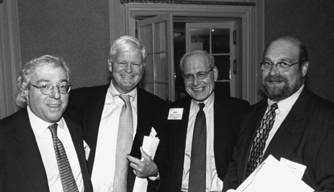Securities and Exchange Commission Chairman Arthur Levitt, a target for traders angry with his agency's overhaul of the equity markets, came out swinging for market makers at Columbia University Law School in New York.
In one of the most far-reaching speeches in his SEC career, Levitt acknowledged the unfairness of the access fees charged by electronic communications networks to market makers. These are the same fees, of course, unleashed by the order handling rules introduced by his agency.
Levitt said these fees are unfair. "Because brokers often have little choice but to pay whatever fee is charged by the ECN," he said, "competitive pressures on these fees have been all but paralyzed."
The SEC Chairman said he has instructed his staff, "to recommend the best approach towards restoring a fair, competitive balance in this important area."
Creating a Stir
Levitt's speech was widely expected to stir up the juices on Wall Street, having been partly leaked to the media days in advance. And Levitt, credited with a fine sense of timing, did not disappoint.
"We have an opportunity today that I don't think we'll have again in our lifetime – to realize the vision for a true national market system – one that embraces our future as much as it honors our past," he said.
Aware of the structural changes that are rocking the U.S. securities markets, Levitt called for fairness on another front. He said the New York Stock Exchange's Rule 390, which prohibits exchange members from dealing listed securities on other exchanges, should "not be part of our future." He said effective self-regulation must not be overlooked if U.S. stock markets become publicly traded companies. And he said "in the name of more competition, more connected, and more liquid options markets, we still have a ways to go."
Most significant, Levitt opened debate on the controversial subject of market fragmentation, asking, "Should we consider pulling together electronically all limit orders and quotes displayed internally in the various markets – creating a virtual limit order book?"
Levitt didn't call for legislation to reform or centralize or modernize the stock exchanges. But he did say he was "intrigued" by the possibility of creating a single regulatory body to oversee member regulation, sales practices, and all other aspects of intermarket trading. That would leave each market responsible for its own separate regulatory and surveillance functions
Does Congress care? Right now, Congress is eyeing other areas of securities reform. The chairman of the Senate Banking Committee, Sen. Phil Gramm (R-Texas), has been busy with the Financial Services Modernization Act. But Securities subcommittee Chairman Rod Grams (R-Minn.) will probably take Levitt's remarks into account as he crafts an updated Securities Markets Enhancement Act. His spokesman said Grams declined comment on Levitt's speech.
One market participant privately worried that federal legislation could take ages to pass, while the outcome would be far from certain.
The SEC didn't have anything to add to Levitt's comments, either. "If you pay close attention to his text," said SEC spokesman John Heine, "these are invitations to discuss." But no formal discussions have been proposed between the chairman and industry leaders, Heine conceded. The lives of their members could be revolutionized by Levitt's recent words. Heine wasn't aware if Levitt had any follow-up plans for his many suggestions. Perhaps he doesn't need any.
"We unveiled a new system the other day that we hope will become operational next year," said Wayne Lee, a spokesman for the National Association of Securities Dealers, describing Nasdaq's Order Display Facility.
"This system would accomplish some of the things Mr. Levitt has called for," Lee said, "in terms of creating a more centralized marketplace."
Reaction
Levitt's call for a more unified marketplace, spurred by the competition triggered by new securities regulations, has not fallen on deaf ears, however.
While Iselin, N.J.-based Island ECN and Archipelago Holdings in Chicago have applied to become registered exchanges, competing with Nasdaq and the NYSE, other ECNs led by Reuters Group's Instinet joined forces in September to share stock quotes during after-hours trading. In July, brokerage industry giants Fidelity Investments, Charles Schwab and others linked up in a new electronic trading system.
Market analysts believe many upstart markets will consolidate or be absorbed by the major exchanges.
Island ECN general counsel Cameron Smith applauded Levitt's call for a more unified marketplace. "That's definitely where we should be moving," Smith said. "We will definitely get there. It's just a matter of time."
Competition as a lever for unification? Some don't buy it. "Levitt is proposing a shotgun marriage," said Alan Davidson, president of the Independent Broker Dealers Association. "What we really need to do is eliminate the overlap of regulatory organizations." Membership in Nasdaq, whose NASD board Davidson was elected to last December, is 90 percent filled by small companies, the IBDA president noted. The NYSE is dominated by big business. "Sometimes in a shotgun marriage the families of the groom and the bride don't mix so well," Davidson said.
A Lever
James Lee, president of the Electronic Traders Association, sees competition more as a lever for reform. "It's a performance issue," Lee said. "That's where [the SEC] should be focused, rather than the regulators believing there is some regulatory arbitrage between the two systems." Rushing toward a single self-regulatory organization for all markets might actually slow reform, he says. "The NASD is to Island what the post office is to Federal Express," Lee said. "I don't think it's an accident why people are moving to ECNs. Speed and performance is the name of the game."
At Columbia, Levitt pondered technology as the midwife of future markets.
"The guiding principles are clear: price discovery and best execution should be enhanced; liquidity should be fostered; interaction between institutional and retail trading should be maintained; market innovation should be encouraged; and competition among market centers, above all else, should remain vigorous and dynamic," he said.
"Today," Levitt said, "technology may afford us the opportunity to better achieve these goals once thought to be mutually inconsistent."





























